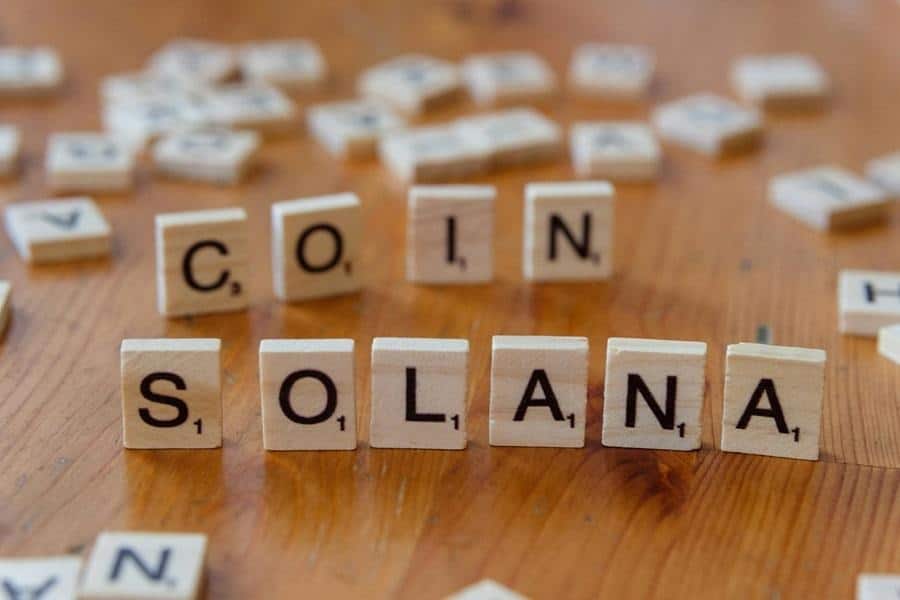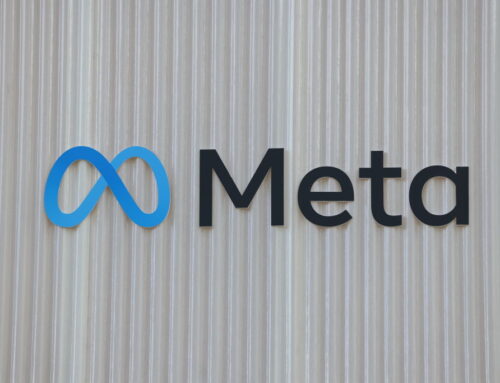Solana might be a better buy than Ethereum. Here’s why
November 19, 2025

The growth of the crypto market over the past decade has exceeded even the most optimistic forecasts, expanding investment opportunities considerably and drawing in an ever-growing number of traders and investors. While the emergence of thousands of different crypto coins is a positive development, it has also made it more challenging for market participants to spot promising projects and choose an asset to invest in.
The intense competition in the crypto market has prompted analysts, traders, and even individuals with no stake in the game to compare digital currencies with the intention of figuring out which would make a better investment. This common practice of comparing crypto projects against each other has given rise to numerous rivalries over the course of time, which have influenced market sentiment and shaped the crypto narratives.
Perhaps the most well-known of these rivalries is that between Bitcoin and Ethereum, which is to be expected since these are the two leading cryptocurrencies. But there are many other interesting duos that are just as worthy of attention. Among these, the competition between Solana and Ethereum stands out as particularly significant. Obviously, this goes much deeper than simply drawing parallels between the SOL to USD rate and the ETH price.
Many argue that Solana is a smarter investment than Ethereum, but ETH remains the main altcoin, so it has plenty of supporters as well. To truly get to the bottom of this rivalry and understand why these two cryptos are so often pitted against each other – and which one is more likely to come on top – we have to look into their strengths, weaknesses, and specific features.
Both Solana and Ethereum are major cryptocurrencies in their own right, so they could easily be compared with every other established digital asset. But the reason they are often analyzed side by side is that they have quite a lot of things in common, especially when it comes to their technical framework.
Their similarities start with their smart contract functionality, a programmability feature that allows users to leverage the networks’ resources to create decentralized applications (dApps). This has led to the development of a vast ecosystem of applications around the two platforms.
Both Solana and Ethereum use Proof-of-Stake (PoS) mechanisms to reach consensus and are known for being highly performant blockchains. Although they have different missions, with the first focusing on delivering fast transaction speeds at extremely low costs for users, and the second aiming to serve as a decentralized world computer that supports a wide range of applications, they are united by their commitment to continuous improvement and innovation.
Finally, Solana and Ethereum are two of the biggest altcoins in the market, with ETH ranking second after all-time leader Bitcoin, and SOL occupying the sixth position in the hierarchy. It’s not for nothing that Solana has been dubbed the Ethereum killer ever since its debut. And even though it didn’t manage to dethrone the primary altcoin so far, it remains a highly promising crypto, so it makes sense to analyze them in comparison.
Since Ethereum has been playing second fiddle to Bitcoin for years now, many see it as the next best option for investing. However, some believe that Solana might be a better choice than the first runner-up, and here are the main arguments in this respect.
Higher user engagement
The number of users that a blockchain has is a good indicator of its native token’s value and potential as an investment. Networks that attract a larger number of users are more likely to maintain their relevance over time and have their native coins go up in price.
The latest data shows that Solana has a significantly higher number of active addresses than Ethereum, with 127.7 million monthly active addresses compared to Ethereum’s 7 million. Solana’s user base started to grow significantly in 2024, and it has now come to be on par with that of all major Layer-1 and Layer-2 blockchains combined.
More active users also translate into more money for the network. The app ecosystem alone brought Soalan nearly $186.9 million in revenue in just one month ending September 30, while Ethereum only earned $85.6 million for the same period.
The go-to platform for smart contracts
Since Ethereum and Solana are highly coveted for being smart contract platforms, it’s only normal to compare how the two fare in this regard. According to the available data, over the past year, Solana’s smart contract interactions amounted to 10 billion, whereas Ethereum’s base layer only saw 178 million interactions. This difference in demand is most likely due to Solana’s cheaper and faster transaction processing, which makes the platform more appealing for apps that require a high volume of interactions.
Higher throughput
One of Solana’s main strengths is its high throughput rate, which currently stands at around 2,000–4,000+ transactions per second (TPS). By contrast, Ethereum can only handle 15-30 TPS. This is a considerable gap between the two networks’ processing capabilities caused by differences in their underlying technical architecture. Therefore, Solana emerges as a more attractive option for conducting frequent transactions, as it’s less probable for users to face delays or deal with fee spikes.
Upcoming upgrade
In September 2025, Solana gave the green light to the Alpenglow upgrade, which is scheduled for mainnet deployment in the first quarter of 2026. This is the biggest upgrade in the blockchain’s history and is about to introduce notable changes to its consensus protocol to make it significantly stronger, faster, and more reliable. If everything goes according to plan, the performance gap between Solana and Ethereum is only going to increase, which will enhance SOL’s appeal as an investment venue.
There are plenty of reasons why investors might want to choose SOL over ETH, but it’s essential for each individual to carefully consider their own needs, goals, and risk tolerance before deciding which assets to include in their portfolios.
Search
RECENT PRESS RELEASES
Related Post



